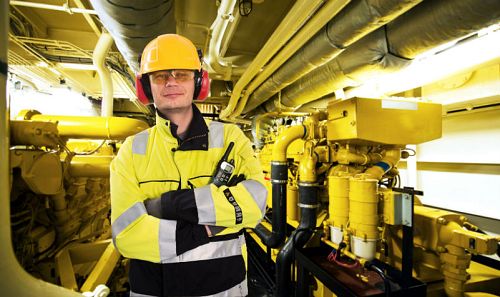CPCS - A40A Slinger Signaller - All Duties (Novice Course)
Duration: 3 Days
Max Delegates: 4
Overview
The CPCS A40a course aims to provide the candidate with a thorough practical and theory training in operating as a Slinger / Signaller in order to enable the candidate to pass the CPCS Theory and Practical Tests.
Through a combination of targeted training and experience, a slinger signaller will be able to:
- Describe the nature of the sector of industry and their role and responsibilities as a Slinger/Signaller.
- Name and explain the purpose of differing types of lifting equipment and lifting accessories, basic construction, uses and applications, characteristics and terminology.
- Confirm with Manufacturer’s requirements as per the technical data, other types of information source and the relevant regulations and legislation.
- Interpret and extract information on all relevant documentation.
- Undertake all pre-use checks on non-specialist lifting accessories and identify non- serviceable items.
- Explain procedures for placing non-serviceable items out-of-service.
- Identify centres of gravity and estimate weights of loads.
- Prepare and ready the area of operation.
- Choose the relevant lifting accessory for a given load.
- Explain action required for hazards, underground and overhead services.
- Secure various types of load to a lifting hook using the relevant lifting accessory and procedures.
- Ensure load balance, security and integrity.
- Direct and guide the movement of loads to different types of location.
- Accurately place loads.
- Arrange, use and comply with communication procedures.
- Maintain safe working conditions.
- Carry out shut down and securing procedure
Download PDF
Other Training Sectors
 Rail
Rail
- COSS Initial incl OLP/CRP (Incl PTS & DCCR Recert) - 8 Days
- COSS Recert OLP/CRP (Inc PTS AC / DCCR Recert ) Not Inc PC
- MC/CC 360 Excavator with Attachment Groups 1, 3, 4 and 6 - 8 days
- Raising & Removing Speed Restrictions (TR12 - Track Handback Engineer) - Initial
- OLEC 1: Access Overhead Lines Construction Sites - Session 1
- Book Now





